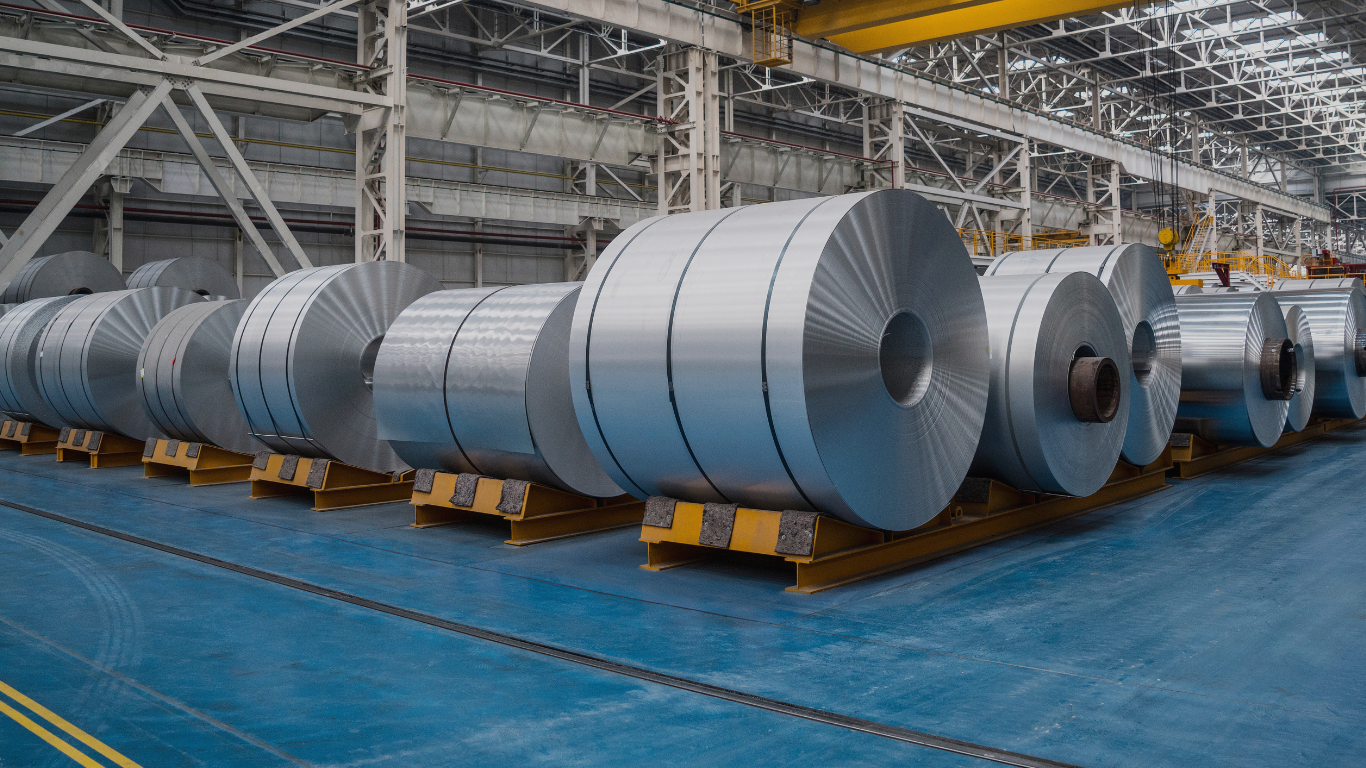The production of aluminium, a metal with numerous applications in various sectors such as industry, transportation, construction, and packaging, is a highly energy-intensive process that largely depends on coal-fired electricity.
What is Aluminium?
Aluminium, the most abundant metallic element in Earth’s crust, can be recycled multiple times with minimal energy loss.
Its lightweight, corrosion-resistant, and non-magnetic properties suit complex and innovative designs.
Aluminium contributes to a sustainable future by reducing CO2 emissions, conserving fuel, and preserving natural resources. Once a rare and precious metal, aluminium is now widely available and affordable due to technological advancements.
While coal does not directly produce aluminium, it plays a pivotal role in aluminium production in two ways:
-
Coal tar pitch is used to create the anodes employed in the electrolytic reduction of alumina to produce aluminium. Anodes are crucial electrodes that carry electric current during the electrolytic process. Approximately 70 kilograms of coal tar pitch are required to produce one tonne of aluminium.
-
Coal-fired power plants provide the primary source of electricity for the aluminium industry. The process of electrolytic reduction to produce aluminium requires substantial energy. As of 2019, coal-fired power plants accounted for 60% of the electricity used in aluminium production.
Simplified way of how aluminium is made from bauxite using coal:
-
Bauxite is mined and processed to produce alumina.
-
Alumina is dissolved in molten cryolite and then electrolysed using carbon anodes.
-
The electric current breaks down the alumina, freeing the aluminium atoms.
-
The aluminium atoms collect at the bottom of the cell and are then tapped off.
Summary
In conclusion, while coal does not directly contribute to the creation of aluminium, it indirectly aids in the production process through coal tar pitch and coal-fired power plants. It will continue to play a significant role in aluminium production for the foreseeable future.
